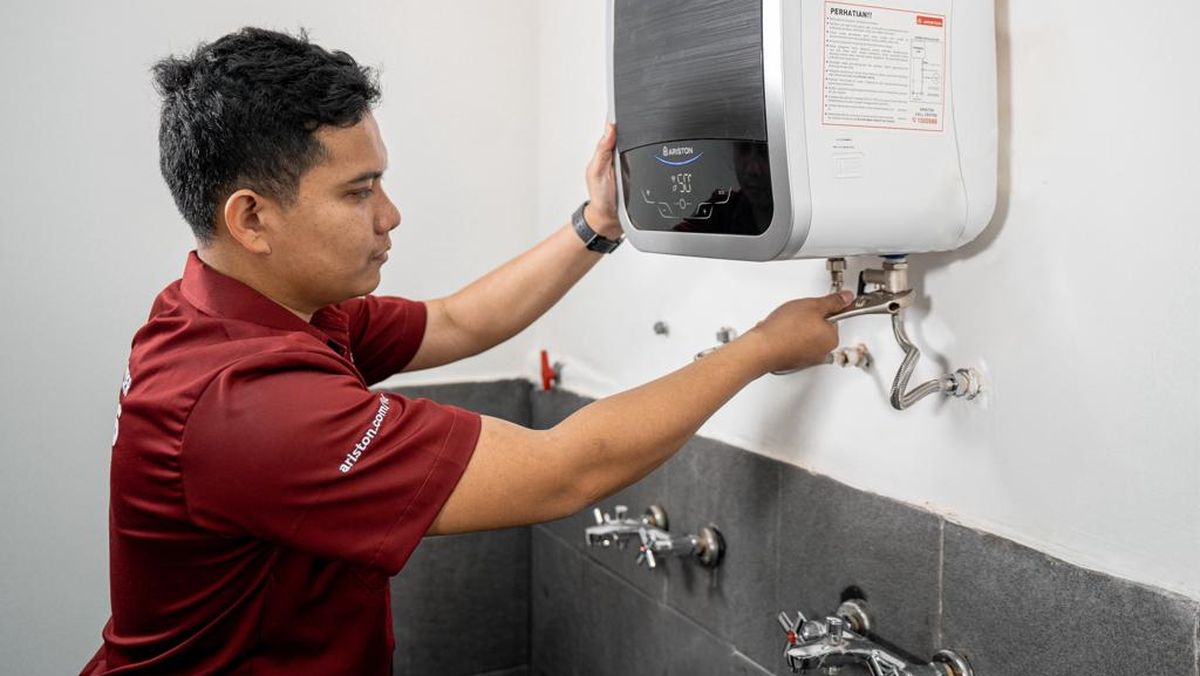Sluggish drains are a nuisance in most homes in Santa Clarita. Whether it’s your kitchen sink, your bathroom sink, or your shower drain, a clog can prevent water from draining or slow it down to a trickle. Fortunately, many clogged drains can easily be repaired at home without calling a plumbers Santa Clarita. In this post, we bring you several easy and efficient methods to unclog the drains in your Santa Clarita home.
Why Do Drains Get Clogged?
Before finding the solution, it’s helpful to understand why drains clog in the first place. The majority of clogs occur after hair, soap, food particles, grease, and dirt accumulate over time inside our pipes. In kitchens, grease and food scraps are typical suspects. In bathrooms, the problem is hair and soap scum. If you’re in Santa Clarita, there is the impact of the dry climate that can cause things to stick a little more than in other cities.
Easy Fixes for Clogged Drains
Boiling Water
Perhaps the quickest way to unclog a drain is with boiling water. Running hot water will dissolve soap scum, grease, and grime. Filling a kettle or pot with water and boiling it, then pouring that down the drain (in a series of stages) can be a simple and effective fix, as you give the hot water a few moments to dissolve the grease in the pipes as it passes through.
Tip: You should not pour boiling water down plastic pipes since it could melt or cause damage to the pipe. Use warm water instead.
Baking Soda and Vinegar
What you find in the standard natural cleaner’s arsenal instead: garbage-disposal friendly baking soda and vinegar Removing minor clogs from a garbage disposal with baking soda and vinegar Yes, baking soda and vinegar are excellent, safe, cheap, and natural cleaning agents that do a fantastic job in clearing minor clogs.
- Half a cup of baking soda into the clogged drain.
- Put with half a cup of white vinegar.
- You will observe some fizzing as the two react together.
- Let it sit for 15-30 minutes.
- Lastly, run hot water down the drain to flush it out.
This process dissolves grease, soap scum, and all that build up inside the pipes. And it’s excellent for maintaining fresh, odor-free drains.
Use a Plunger
If boiling water, baking soda, and vinegar fail, you may have to use a plunger. Plungers may also exert pressure that forces the clog through the pipe.
- Fill the sink or tub with just enough water to cover the plunger cup.
- Apply the plunger over the drain and hold it firmly with a downward force.
- Pull upwards fast and do it a number of times.
- See if the water is draining faster.
- It efficiently breaks down hair or food that is stuck closer to the surface.
- Remove and Clean the Stopper
- Sometimes, the clog lies just beneath the drain stopper. Cleaning it is a way to unclog it.
- Bathroom sinks are generally made to be even more accessible: With the stopper and its mechanism removed, you can often lift out the stopper.
- Blow the hair and gunk from it.
- Scrub inside the drain opening with a small brush or old toothbrush.
- Replace the stopper and check the drain.
This is a quick method for clearing minor clogs before they become big ones.
Use a Drain Snake
If the clog is further into the pipe, a drain snake, also known as a plumber’s snake, can be of assistance. (That would be the long, flexible tool you can get at any hardware store.)
- Run the snake into the drain.
- Twist the handle to push it deeper and chop up the clog.
- Pull the snake out slowly.
- Run the water to see if the obstruction is clear.
Drain snakes can also be highly effective for hair clogs and buildup that are out of the range of plungers or homemade remedies.
When to Contact a Pro Plumber
If you’ve attempted these quick fixes and still have a clogged drain, it might be time to call a plumbers santa clarita . At other times, clogs are the symptom of larger issues like tree roots in the pipes, broken pipes, or excessive grease buildup. Professional plumbers in Santa Clarita have the special tools and also the skill to tackle even the most challenging drain problems quickly and safely.
Final Thoughts
By adhering to these suggestions, you can maintain clear-running drains and spare yourself costly repairs.…






